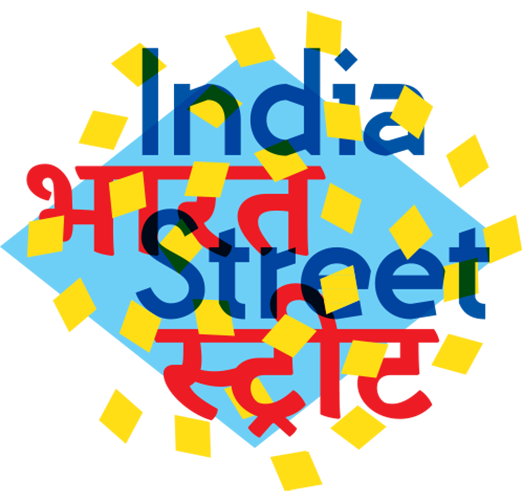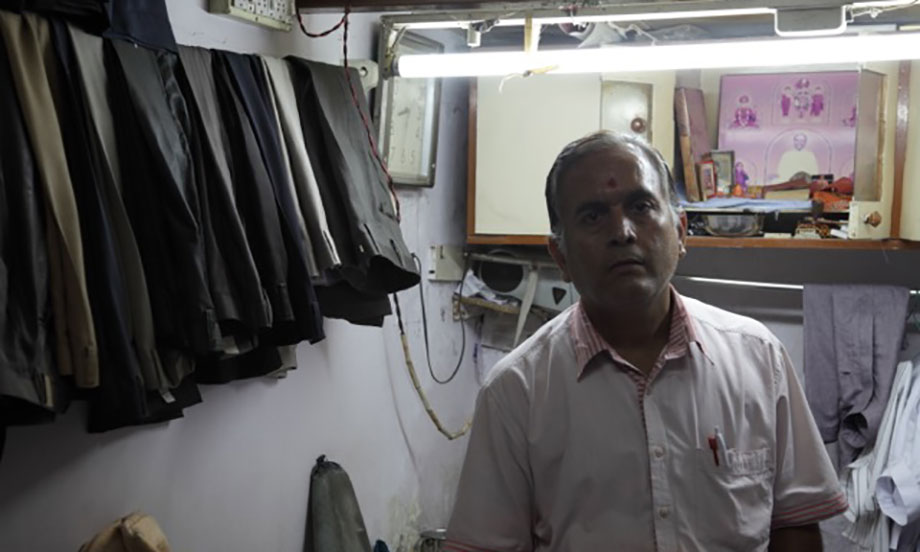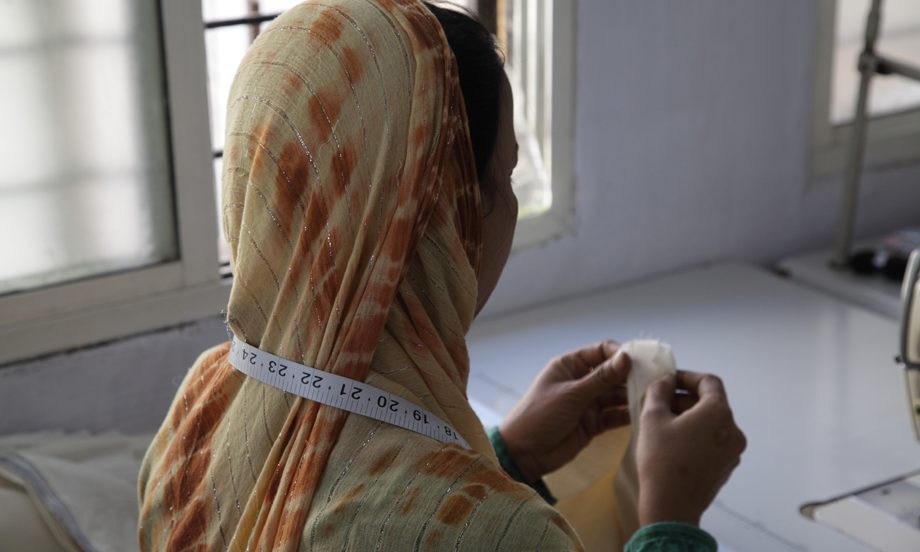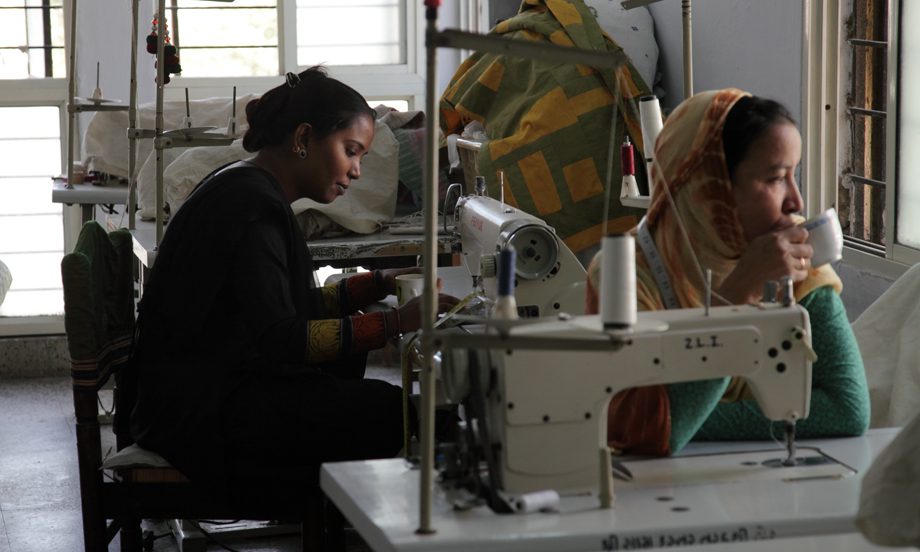Tailoring: Made to Order
LOkesh Ghai
In Indian cities ‘ready-to-wear’ is a relatively new phenomenon and for the middle classes getting tailor-made garments is cheaper than purchasing branded goods. Like the shopping malls (that came almost a decade ago), which are not as utilised as the local neighbourhood shops and stalls for groceries, local tailors are still the popular choice for new garments and alterations.
Before the popularity of the tailors, sewing skills were common in almost every middle class home. I grew up with my mother’s foot operated sewing machine in our house. She stitched pyjamas and repaired clothes for us. A local Masterji came to the house to measure us for festive clothing. For more formal clothes, such as my school uniform, I was taken to the Tailor’s Shop. The stitched clothes by the tailor were always made a little too long, no matter how much one specified the correct measurements. Today, some local tailors freelance for branded jeans shops and still the length is a bit longer than one specifies. Parmar Tailors in Ahmedabad made Charlotte Linton’s pyjamas. There were a lot of negotiations around lengths. We talked in centimetres, which are an alien concept for Mr. Parmar who use inches. Measurements below half an inch are usually not considered.
Similarly, rules are set for stitching. For over-lock stitch the thread is always white no matter what the colour of the trouser fabric is. Matching thread is meant for the top stitch only, where the stitch is visible.
Although more expensive than the local tailor, there are many charitable, co-operative, and commercial stitching facilities, such as Design Deals run by Villoo Mirza, across India. With a lot of experience of handloom weaving and the fashion industry Villoo’s company offers regular employment to a small group of women through the small-scale orders for garments and products she receives. When I see Villoo or my mother wearing handloom fabric I know why tailors are still popular. We all love the rich heritage of Indian textiles; it is exciting to create your own kurta. When a sari is old or out of fashion, you know it is time for a new dress. The fashion of the kurta length changes from up to the knee to below the ankles, but the chances are that it may still be made an inch longer than you instructed!




